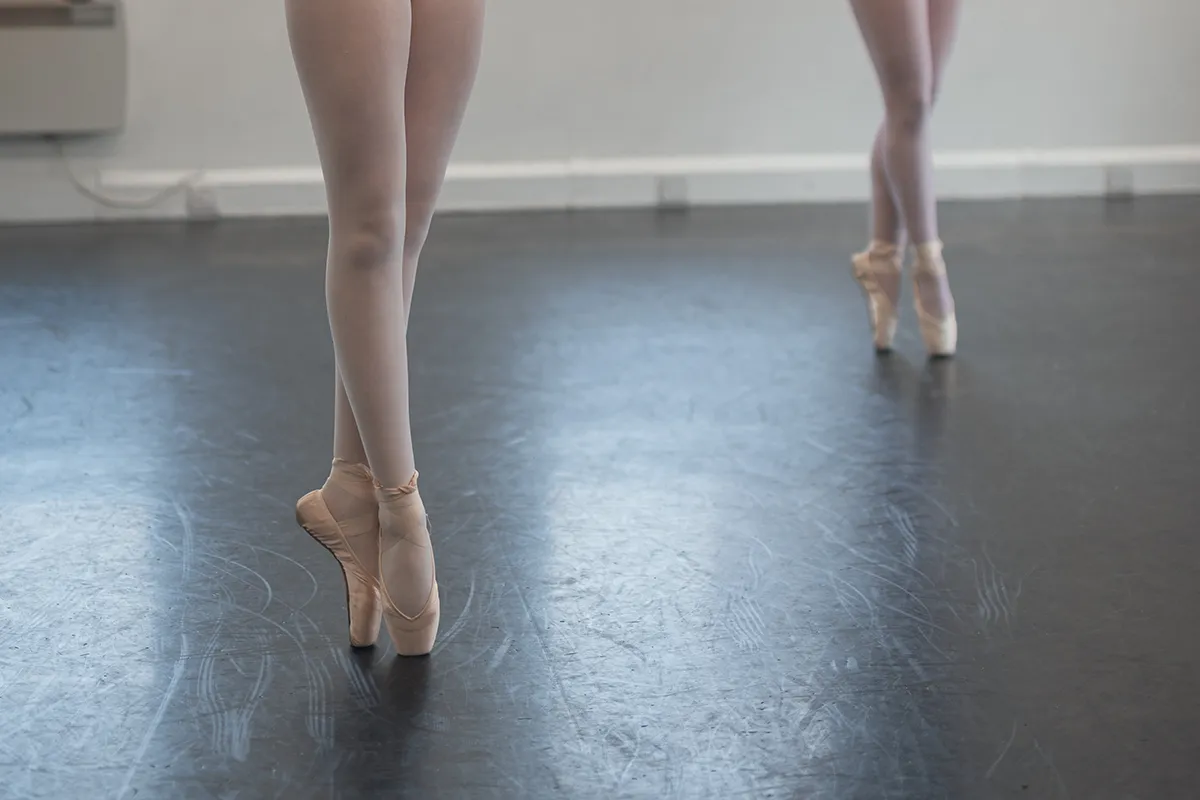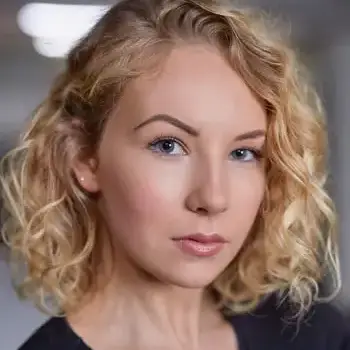What to Expect at Your First Pointe Shoe Fitting
Posted by Josie Parker

Disclaimer: Pointe work can be dangerous if the dancer is not ready to take this next step in their ballet training. Please always consult your dance teacher before you take this step.
Moving on to that next step and hearing the words, “you’re ready to get your pointe shoes!” is a hugely exciting time in a dancers training. But, like any new experience, the process may seem a little daunting. So... here is a little insight on what to expect and how to prepare when it comes to your first pointe shoe fitting!
Experienced Pointe shoe specialists
After you have received permission from your dance teacher, it’s important you find an experienced pointe shoe specialist to conduct your fitting. Your dance teacher may suggest a trusted company local to your dance school that previous students before you have purchased their shoes from.
In Maidstone and across the road from MEPA, in the Market Buildings, there is the dance shop, Bailando who provide pointe shoe services by their experienced and professional fitter. Other pointe shoe specialists located in Kent include:
- • Dancing Boutique, Tunbridge Wells
- • Encore, Herne Bay
- • Premier Dancewear, Birchington
- • Jazz Hot Dancewear, Broadstairs
Unlike your every day shoes, the right pointe shoes don’t just depend on your shoe size, there are many other factors to take into consideration – the same size or style will fit entirely differently on each dancer as it is a very individual experience.
Your pointe shoe fitter will be able to assess what shoe will be best suited to you depending on what support you may need, the shape of your foot and more, as they provide you with a variety of options to find the pair most suited to you.
How to prepare for a fitting
- Ensure you have your teacher’s permission – your teacher will know if you are ready to move on. They will take into consideration your foot/ankle strength, pull-up ability, posture and understanding of basic-intermediate ballet. If all of this is to a good standard they will give you the go-ahead!
- Schedule an appointment with your chosen specialist – most places allow a 30 minute to 1-hour window for your fitting to ensure you have enough time to find the best shoes for you.
- Cut your toenails - sounds strange but very important, you’d be surprised how sore it can be to dance on pointe with long toenails!
- Bring/wear ballet tights or your usual dance class attire – the specialist needs to asses how your shoe fits in what you will actually be wearing them with… so don’t arrive in your fluffiest socks!
The fitting process
Okay, so you’ve booked your appointment and the day is finally here… what should you expect?
- Pre-pointe assessment – before you try on any shoes the specialist will perform a pre-pointe assessment, this takes into consideration your age, training history, pointe range, foot/ankle control, intrinsic foot and calf strength, pelvic/core control, and ballet technique. This process allows the fitter to evaluate what type of shoes you may need and select some options for you to begin trying on.
- Choosing your toe protection – Most dancers will wear some form of protection inside their shoe to add an extra layer of support and cushioning between the shoe and your toes. There are lots of options to choose from such as either gel, fabric or wool toe pads, the fitter may also suggest some spacers that go between your toes for additional cushioning if you need it and many dancers often use specialist tape to wrap their toes as well.
- Trying on lots of shoes! – The process is very much trial and error until you find the shoe that best suits you. All good pointe shoes specialists should have a wide variety of shoes on offer to try out, from a number of different brands. Each shoe will have different qualities that may suit you but not another dancer and visa versa. Some established and trustworthy brands include Bloch, Freed, Grishko, Capezio and Gaynor Minden.
- Questions – Throughout your appointment the fitter will be asking you lots have questions about the different shoes but don’t be afraid to ask your own questions or speak up if you have anything you would like to let them know as it will probably be helpful in finding the right shoes.
How should pointe shoes fit?
- • Snug, yet comfortable – Fitted to the feet, not allowing too much movement inside the shoe.
- • No particular pressure points – Obviously pointe shoes may be uncomfortable, especially if you are not used to how they feel but there should be no particular areas where there is excessive pressure.
- • No gaps - When standing en pointe if there are any gaps, even after tightening the drawstring, you may require a narrower shoe.
- • Heel seam just about reaching the top of your heel bone – If the drawstring comes over the heel it can cause Achilles issues and if it is too low your shoe will slip off.
- • Shank sitting along the sole of the foot – The “shank” is the bottom of the shoe and it should sit straight along the sole of the foot when en pointe. It should also end just short of the heel, if it is too long the back of the shoe may sag and if too short the foot won’t be as supported and you may wobble when en pointe.
- • Plie in Second position – The fitter will ask you to perform a plie is second to make sure that at the depth of your plie your toes don’t curl within the shoe, if they do you may require a slightly bigger shoe.
Hopefully this article has given you a good insight into what you can expect and how to prepare for your first pointe shoe fitting. It is super exciting, so make sure you take the time to enjoy the experience as you begin your pointe training! Good luck!
About the Author

Josie Parker
Josie has trained in a variety of dance styles including Ballet, Tap, Modern, Jazz, varying contemporary techniques, street/commercial dance and heels. In 2019 she graduated from Canterbury Christ Church University earning a BA degree in Dance Education with First Class Honours and the award for best academic work.
Supporting qualifications include the University of the Arts London (UAL) Diploma in Performing and Production Arts, as well as all graded examinations in RAD Ballet. She has also performed in numerous shows across the country.